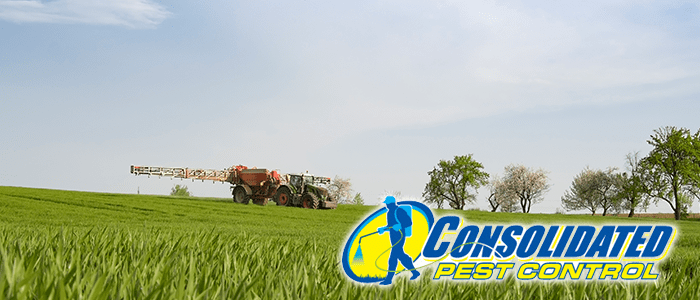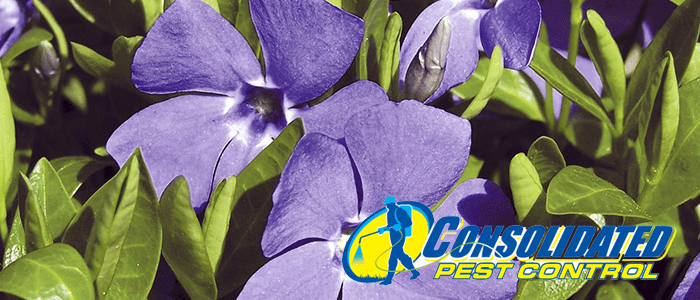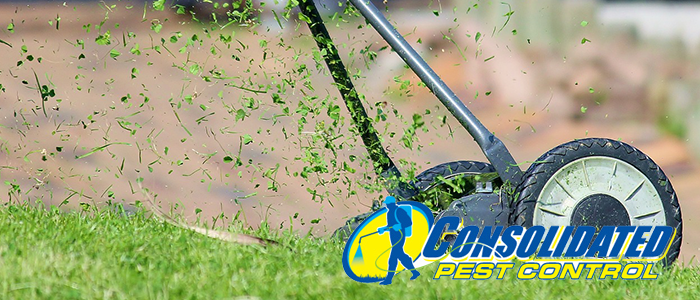
Mosquitoes and Aerial Spraying: Why It’s Not Enough
There is an increased level of concern in the danger of high populations of mosquitoes around the property of homeowners, and many city and municipal governments are doing their own job in having regular aerial spraying of insecticides targeting mosquitoes over areas with the highest populations, which is good news, but this only reduces the population rather than eliminates it.
In order to get mosquitoes under control where you live, keep reading to find out what you need to know and what you need to do.
Know When and Where is Being Sprayed/Fogged
The first step you can take is being aware of which city and municipal governments near you are performing aerial spraying, and what neighborhoods that they’re performing it for. This information is typically announced or posted in local newspapers, on social media and district websites, through public service announcements, or by phone or door-to-door campaigns.
How Does Aerial Spraying Work?
This technique works in reducing mosquito populations by stocking airplanes or helicopters with insecticides. It’s faster and more effective than using handheld sprayers or truck-mounted systems, particularly in the case of treating large areas of land. They use either larvicide or adulticide in very low volumes for areas where mosquitoes have a high population and it can be done at any time, but is generally performed when pollinating insects are not active.
The CDC has assured citizens that they don’t need to leave the area during aerial spraying, as it provides a minimal risk to people and pets when done by a properly licensed professional. Due to the very low volumes of insecticide, you’re unlikely to breathe any in or touch anything that has enough of it to hurt you, though some insecticides can cause eye irritation if you’re outside when the spraying takes place.
But you must remember that it only temporarily reduces mosquito populations; it doesn’t get rid of them permanently.
Eliminate Mosquito Breeding Grounds
So what can you do to protect yourself and your family from disease-bearing mosquitoes when aerial spraying isn’t enough?
Mosquitoes only need a half an inch of standing water in order to be able to breed, so let’s take a look at some areas around the house that can attract mosquitoes and what you can do to reduce the amount of viable breeding spots for these nasty bugs.
- Ponds – Make sure all pool and pond water is adequately treated.
- Baby/Kiddy Pools – Don’t leave water sitting in these for long periods of time.
- Gutters – Clean these regularly of leaves and other debris so rain can’t build up.
- Flower Pots – Stagnant water can gather in these; make sure to pour them out regularly.
- Toys – Be sure that buckets and containers are brought inside or are kept out of the rain, and drill holes in the bottoms of tire swings and wheelbarrows to prevent water from gathering in them.
- Birdbaths – Change out the water in birdbaths frequently.
- Plumbing – Repair leaky pipes and fixtures to keep them from making puddles.
- Trash Cans – Tightly seal trash cans and ensure that lids are not flipped upside-down when you leave them.
- Grill Covers – Due to the shape, they can sometimes gather water on top. Make sure that yours isn’t, and if it is, tip water off after it’s rained to prevent it from settling.
If you need some further help with these awful pests, contact the experts.








